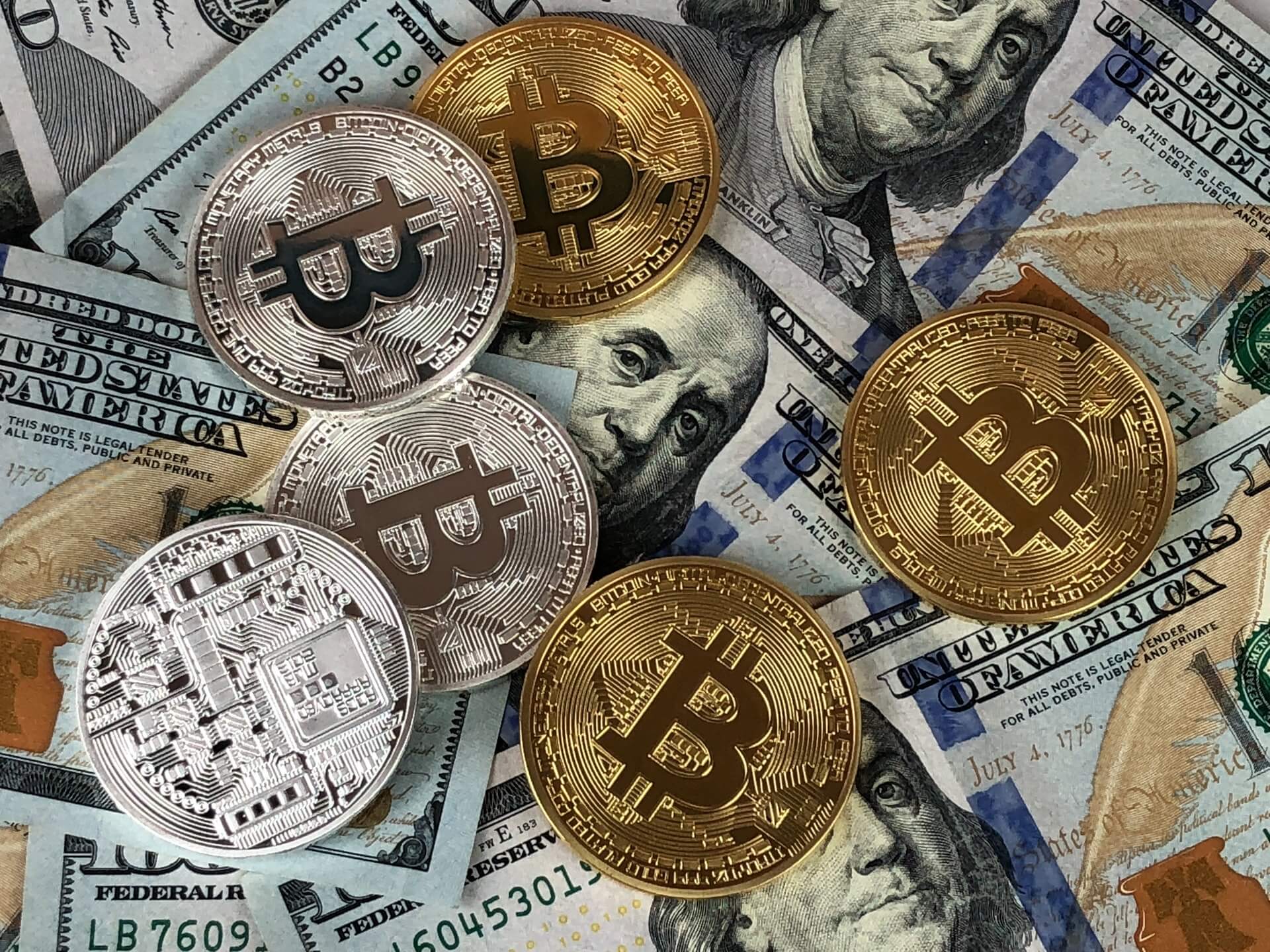As we enter 2022, a concept you should plan to hear a lot more of is non-fungible tokens and blockchain.
Just about anyone in the technology field is talking about so-called NFTs a lot this year and that’s not going to slow down. So, what are non-fungible tokens, and where does blockchain technology fit into their growth?
Grata Software founder Rey Ortega and I chatted about it so that at the very least you can make an informed decision on whether you want to jump in.
Spoiler alert: you probably want to.
So, Rey, simply put, what is blockchain technology?
Rey: Blockchain is a distributed database that stores information and transactions using one-way encryption in a ledger through small chunks of data or blocks. It uses legacy methodologies of cryptography. This means a user uses a private key to encrypt each block as a transaction moves from user to user. Because it is one-way, there is no way to modify the original data making the block unique and traceable to its origin.
So, basically, a virtual, secure, transferrable storage method for data that allows ownership of that data to be easily and unmistakably tracked?
Rey: Yes.
Why is this technology so important when it comes to NFTs?
Rey: It maintains the originality of a digital asset. Like a certificate of authenticity for a work of art, an NFT guarantees the authenticity of a digital asset because it comes with an original token that cannot be replicated.
What does “non-fungible” actually mean?
Rey: It’s a fancy way of saying that the token cannot be exchanged for a value. For instance, cryptocurrency like Bitcoin has value that ebbs and flows constantly. An NFT is simply added to a transaction to determine its authenticity.
Why are NFT’s such a big deal right now?
Rey: So in the past, an artist’s work could be copied and distributed even without the artist’s approval. That reduces an artwork’s value. However, artists can now distribute their artworks as original because (as stated above) there is no way to replicate the token of originality, or NFT. That drives the art’s value up.
Supply and demand.
Rey: Right. If a musical artist has a great musical masterpiece and they want to get the most value for it, they can make a music NFT. That creates just one original copy through the NFT, increasing the value, making that musical creation a collectible rather than a commodity. Can this replace distributed works that you could purchase through iTunes or view in an art gallery? Not really. The mass distribution of artwork can still function as it does today, but it just makes the NFT version more valuable as it is the original, verified by the token.
OK, so why now? Why is this taking off now and what technologies have been contributing to blockchain and NFT’s growth?
Rey: It’s the same technology we use in software to encrypt authentication data used for passwords. Most single sign-on systems and OAuth authentication use one-way encryption. This is also known as hashing, to protect raw passwords created for users. Additionally, many cloud technologies use hashing algorithms to perform encryption in transit or at rest. This means the data passed and stored on many cloud platforms cannot be viewed as raw data.
Safeguard your data in transit and at rest on cloud platforms, ensuring that it remains secure and unreadable to unauthorized individuals. Don’t compromise on data security – let us empower your business with advanced encryption technologies.

